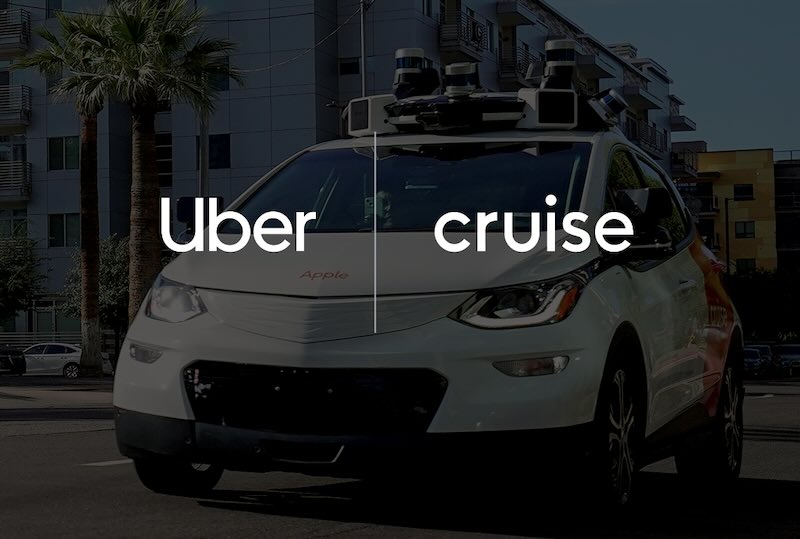Uber and General Motors’ Cruise have announced a multi-year partnership to integrate autonomous vehicles into the Uber platform. This collaboration aims to merge Cruise’s self-driving technology with Uber’s vast ride-hailing network, potentially reshaping how people navigate cities.
The partnership, slated to launch next year, will introduce a fleet of Chevy Bolt-based autonomous vehicles to Uber’s platform. This initiative will offer Uber users the option to request a ride in a Cruise autonomous vehicle for qualifying trips, marking a significant step forward in the mainstream adoption of self-driving technology.
Marc Whitten, CEO of Cruise, emphasizes the company’s mission to leverage driverless technology for safer streets and urban life transformation. The partnership with Uber aligns perfectly with this vision, promising to extend the benefits of autonomous driving to a broader audience.
For Uber, this collaboration represents a crucial step in its journey towards incorporating autonomous technology into its global operations. Dara Khosrowshahi, Uber’s CEO, views this partnership as an opportunity to safely and reliably introduce autonomous technology to consumers and cities worldwide.
This strategic move comes on the heels of Uber’s strong financial performance, with Q2 2024 revenue reaching $10.7 billion, surpassing analyst expectations. The company’s ride-hailing and delivery services have shown robust growth, with revenues increasing by 19% year-over-year.
Uber’s partnership with Cruise aligns with its broader sustainability goals. The company has committed to fully electrifying its fleet by 2040, backed by an $800 million investment pledge by 2025. The recent hiring of former Tesla executive Rebecca Tinucci to lead Uber’s electric vehicle transition further underscores this commitment.
As Uber and Cruise embark on this pioneering venture, the implications for urban mobility are profound. This partnership not only promises to enhance the ride-hailing experience but also accelerates the transition towards a more sustainable and efficient transportation ecosystem.
